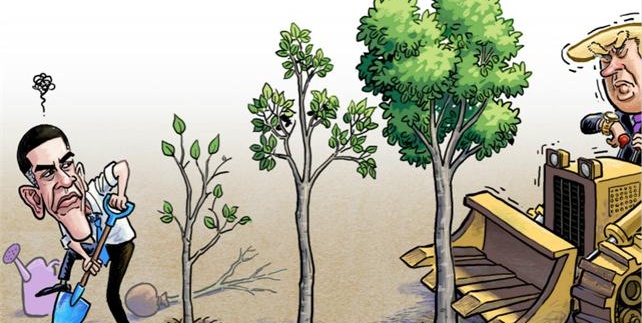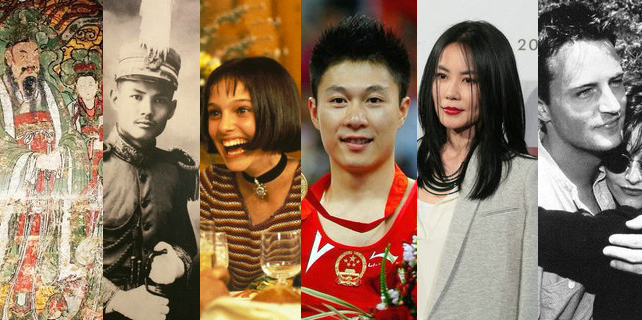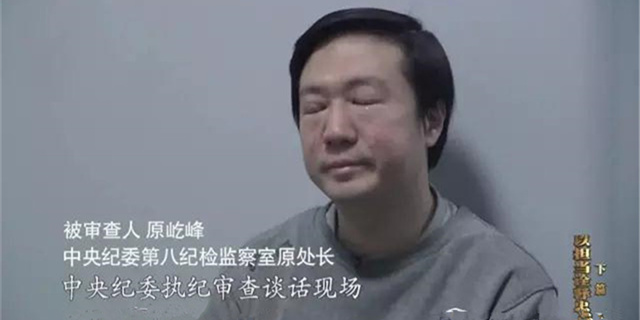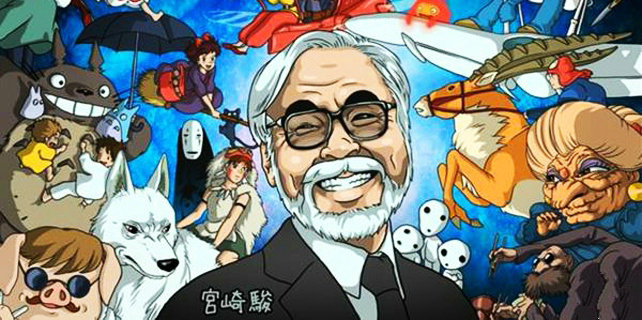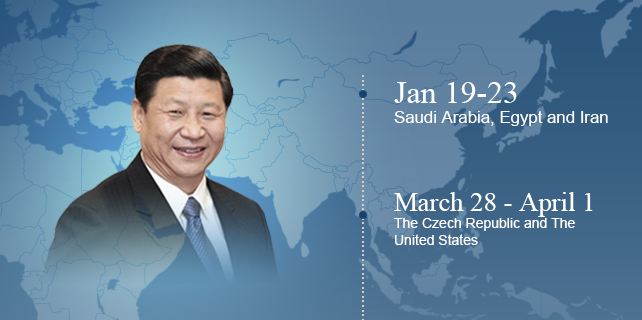More than just a school
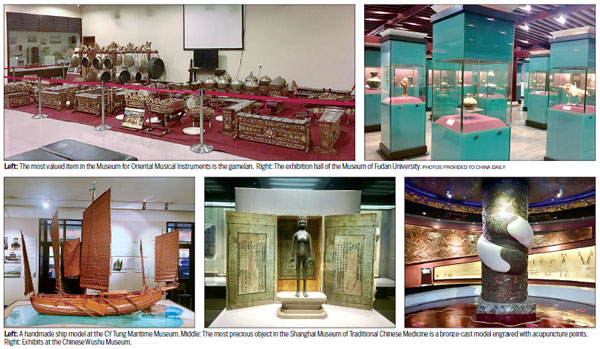
Universities and colleges in Shanghai are not merely centers of academia and research but also repositories for large volumes of cultural relics and national treasures, with 13 university museums in the city accounting for about one-tenth of the nation's total.
The items stored in these institutions, which fall under the Shanghai Educational Alliance of University and College Museums, range from bones dating back to the Shang dynasty (16th century to 11th century BC) to the nation's largest odontocete specimens to Chinese musical instruments and ancient costumes.
"University museums can deliver great knowledge to the students and even the public. It is like an open classroom for everyone to learn," said Liu Zhaohui, director of Museum of Fudan University.
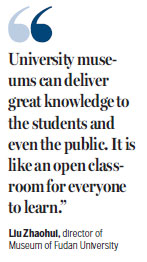
As such, travelers in Shanghai who are looking to learn more about China could consider visiting these five university museums that specialize in different aspects of Chinese history and culture.
Shanghai Museum of Traditional Chinese Medicine
The Shanghai Museum of Traditional Chinese Medicine is widely regarded in the country as one of the best institutes that presents Traditional Chinese Medicine (TCM) in a modern way.
Located in the campus of Shanghai University of Traditional Chinese Medicine in Pudong New Area, visitors can easily get access to free smart guide services by scanning a QR code at the reception desk.
The museum, formerly known as the Medical History Museum of the Chinese Medical Association, now covers an area of 6,314 square meters.
The most precious object in the museum is a bronze-cast model engraved with acupuncture points and was a reward granted by Emperor Qianlong in Qing dynasty (1644-1911) to his courtiers in appreciation of their efforts in compiling medical books.
Acupuncture is a critical component of TCM which can help relieve pains. Such models are often used by TCM practitioners when they train their students in acupuncture techniques.
The museum is open from Tuesday to Sunday from 9 am to 4 pm. Visitors have to pay an admission fee of 15 yuan (group of 10 or more receive a discount of 12 yuan per visitor but advance reservation is required).
Museum of Fudan University
Famous for folk artifacts from aboriginal tribes in Taiwan, porcelains and traditional Chinese paintings, the Museum of Fudan University was established in the spring of 1991 and opened to the public in early 1992.
Located in Yangpu district, this two-story museum houses more than 2,000 treasured artifacts. A permanent exhibition of artifacts from aboriginal tribes in Taiwan and porcelain works is found on the first floor, while the showcase on the second floor is always changing.
According to Liu Zhaohui, director of the museum, the museum is best known for its porcelain and pottery works.
One of the most famous pieces is a figurine of a palace maid holding a cat in her arms. This three-color glazed pottery piece dates back to the Tang dynasty (618-907) and is highly valued for the elegance and poise it portrays.
"Porcelain originated in China and is famous for its delicate and beautiful colors," said Liu.
"The piece that portrays Guan Yin (Bodhisattva) is made of white porcelain and shows her looking composed and dignified while sitting on a lotus. It is a typical product of the Dehua Kiln, a famous kiln that produced porcelain pieces for civilians during the Ming dynasty (1368-1644)."
The Museum of Fudan University is open from Tuesday to Sunday from 9 am to 11:30 am and 1:30 pm to 4:30 pm. Admission is free, though visitors who require a guide should make reservations beforehand.
Museum for Oriental Musical Instruments
According to Shi Yin, director of the Museum for Oriental Musical Instruments, the most valued item in this museum is the gamelan, a traditional instrument from Indonesia that is often played during formal occasions and traditional ceremonies.
The gamelan in the museum which was purchased in 2004 for more than 200,000 yuan ($28,753) is said to be "the most complete one in China". It was created by the successor of a musician who had served the royal family in Java during ancient times.
Apart from the gamelan, other notable pieces include replicas of the Tang Four-string Pipa and the Tang Five-string Pipa of the Shosoin Imperial Treasury in Nara, Japan.
Established in 1984, the Museum for Oriental Musical Instruments is the first facility in China that focuses on Chinese traditional instruments. Visitors to the museum will find four categories of musical instruments: ancient Chinese instruments, modern Chinese instruments, foreign instruments and musical instruments from ethnic groups in China.
"We want to let foreigners know about Chinese traditional instruments and introduce our culture to the world. The museum can be an insightful class for professional students in our college as well as an interesting one for those people who are simply interested in traditional music," said Shi.
The museum is open from Monday to Saturday from 9 am to 4 pm (only on Tuesday, Thursday and Saturday during winter and summer vacations). Admission is free.
Chinese Wushu (Martial Arts)
Museum
As the only museum in the country that specializes in Chinese martial arts artifacts, the Chinese Wushu Museum showcases a wide variety of weapons and details the traditional and modern histories of the combat practice.
Established in 2007, the museum is situated in the multi-purpose facility in the Shanghai University of Sports in Yangpu district and covers an area of more than 2,500 sq m.
The museum is divided into five main areas - Styles and Weapons Hall, History Hall, Temporary Exhibition Hall, the Tridimensional Cinema and the Multimedia Interaction Area.
While the museum's collection spans thousands of items, only 500 items are shown to the public at a time. One of the more precious artifacts is a 3-meter-long spear that can be traced back to the late Qing dynasty. Historians said that it was used by soldiers in battles against invading forces.
Located in the basement of the museum, the tri-dimensional cinema and multimedia interaction area provide visitors with a hi-tech wushu experience.
"Revealing the science of wushu" is the most popular section of the museum where visitors can play virtual games that employ motion detection technology.
The Chinese Wushu Museum is open from Tuesday to Saturday from 9 am to 4 pm. Admission is free but groups should make an appointment three days before their visit.
CY Tung Maritime Museum
Located in Shanghai Jiao Tong University's Xuhui campus, the two-story CY Tung Maritime Museum is a Western-style building that has a traditional Chinese central courtyard.
Opened to the public in 2003, the museum covers an area of 600 sq m and houses more than a thousand artifacts, the highlight of which is a large collection of ship models that provide a glimpse into Chinese maritime history and the life of Chao Yung Tung, a legendary Chinese shipping magnate.
On the first floor, visitors will find halls containing relics such as maps, photographs and models of ancient ships related to the voyages of the famous admiral Zheng He. Also found on this level is a showcase of "qianxingshu", which refers to navigation using stars. In the experience zone, visitors can assume the role of Zheng and try their hand at plotting a course using this navigation technique.
Up to 90 percent of the ship models on exhibition are handmade by Zhang Yuqi. The craft of building ship models is regarded as an intangible cultural heritage of Shanghai.
"Shanghai has been an important port in China since the ancient times, so shipping is critical to the development of Shanghai. The museum presents the development of ships and marine trades, and reflects the history of the shipping industry in Shanghai," said Zhang.
The museum is open from Tuesday to Sunday from 9 am to 5 pm. Admission is free.
Cheng Si in Shanghai contributed to the story.
wang_ying@chinadaily.com.cn







